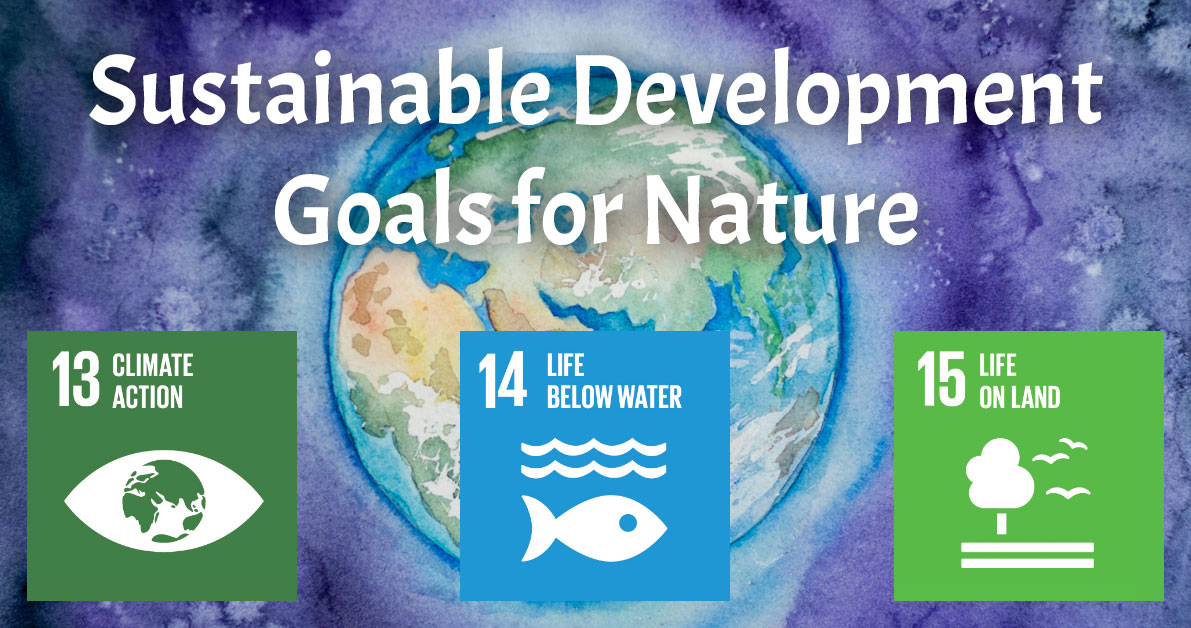A common practice for many companies is to donate a portion of their profits to an organization to maximize their tax deduction and aid in their marketing. This helps charities, however, the reason why these companies donate is mainly because they’re fully committed to increasing their revenue, not creating much-needed change.
In this article, we’ll explore how to develop a giving back strategy that creates real change while inspiring your customers to support your business and take action, too.
Why donating isn’t enough
We’ve all donated to a cause we support, either as an individual or as a business. While our intentions are noble and this pure act of giving makes us feel good because we’re helping non-profit organizations continue their good work, there’s nothing special about it since everyone does it.
Even worse, in a corporate context in particular, simply donating money could come across as lazy. Terms like couch activism or slacktivism are not new. Likewise, topics such as brand activism and "wake washing" - supporting a cause for the sake of profit - are coming under increasing criticism.
How can your customers tell the difference between genuine support of a cause and woke washing? If you genuinely support a cause, it’s embedded in your company's DNA and your fiery passion drives everything you and your employees do within your company.
Your strong vision of a better world is the reason why you started your business, and you’ve defined your mission to take the steps to make this vision a reality.
This is reflected in your internal and external communication; on your website, on your social media channels, your mailings, etc. and it’s why most of your customers support you so that they can actively contribute to your cause, too.
Which business owner are you?
If this describes your business, you’re already running a social enterprise and your customers and website visitors feel your passion when they read your about page.
To strengthen the bond between you and your customers, continue to read the tips below to see if you’ve checked all the boxes in your giving back strategy. Also, I’d like to invite you to please comment below to share your valuable tips.
If you are passionate about a particular cause, but have not taken the steps to fully embed it into your business, this article will help you develop a strategy that will gain the support of your customers and help you grow even more.
You're only in business for profit and have no interest in making the world a better place? I understand that and it's okay. Or maybe "making the world a better place" sounds too difficult or impossible, and I'm sure you have enough on your plate already. We've been taught as a society to be driven by money.
However, I’d love to inspire you to continue reading because I hope you do care about people and our planet. Even if you don’t, I know you care about what your customers want and thankfully, consumers are now making demands for social change within a company and if you ignore their demands, that will be more challenging than trying to create much-needed change.
So, please consider putting in a real effort to satisfy your customers by designing a giving back strategy.
3 steps to create a giving back strategy
- Choose your cause
- Choose a giving back model
- Define your collaboration
1. Choose your cause
What are you most passionate about? Is it protecting animals and our environment, achieving gender equality, combating poverty and hunger or helping children with disabilities?
This part shouldn’t take that long to figure out. You know what drives you. Now it’s time to combine your passion with your talents and offers.
Answer these questions:
- Are there synergies between your passion and your skills?
- What positive changes do your products and services bring to this world?
- In what ways do they help others?
To help you find answers, learn about the 17 UN Sustainable Development Goals (SDGs) and decide which ones are most fitting to your passion and skills.
To avoid overwhelm, choose up to three SDGs. You’ll soon see how they interconnect with each other. For example, when you choose #6: Clean Water and Sanitation, you’re also aiding in reaching #3: Good Health and Well-Being.
With my passion of protecting animals and our environment and my marketing degree and experience, I decided to create and implement ethical marketing strategies for those working toward reaching UN Sustainable Development Goals:
- #13: Climate Action
- #14: Life under Water and
- #15: Life on Land, what I call the SDGs for nature.

Once you have a concrete idea, communicate it internally as this is a core strategic decision and you want your employees and/or team to be on board.
2. Choose a giving back model
You've just read about the "why" and the "what." Now it's about the "who" in your giving strategy. Who do you want to help? Which partner will make the biggest positive impact for your cause? Which model best fits your organization? Do you want to work with a local, national or international partner? What type of partnership do you want, with or without collaboration?
Here are a few giving back models to consider:
Individual organizations - decide for yourself who you support:
- With all models below, you get to decide which organizations you want to support, however, with this and the following option, you have to do your own vetting to find a valuable charity partner.
- There is no limit as to how many organizations you can support, however, try to be mindful of your time and ability to collaborate in a valuable way. You may only want one partner if you prefer a deeper relationship or don’t have enough employees to nurture each partnership.
- If you don’t have an organization in mind, you can do your own research and ask those you trust for recommendations. Your employees and partners are a good place to start. This may take some time since you’re looking for a trusted partner for the long-term.
Community involvement – let your community decide:
- Want to leave this decision up to your employees or members? This works well for Ecoflix. After I paid the membership fee, I was prompted to tick a box for the charity partner of my choice which is where 10% of my membership fee went. It’s not a lot, but something anyway.
- A unique way to foster creativity and motivate employees is to set up a corporate giving program. You can match their donation at a ratio of your choice, offer volunteer grants, give employees a discount on products and in return, donate those products to an organization. Find more examples here.

Microgiving memberships
- By partnering with microgiving organizations, the vetting has already been done. In exchange for a membership fee, you have a list of partners or projects you can support.
- In 2019, I became a member of B1G1 which offers a Buy1Give1 model in which you can help fund a project every time an event occurs in your company by means of setting up individual gifting packages.
Every time a reader reviewed my book, a girl in India had access to a literacy program. For every new marketing consulting client I received, a woman in Bangladesh had access to a sewing machine for her business for 7 days and for every newsletter subscriber, I funded a day of rabies vaccinations for street dogs in Nepal.


At the beginning of each month, I would go "shopping" after seeing how many newsletter subscriptions, new projects, book reviews, etc. I had received. I funded these projects while adding more to my cart. Simply because it was fun and reinforced the positive impact of my client:s and my business.
Since 2020, I've been a member of 1% for the Planet, an organization founded by Patagonia founder Yvon Chouinard, where members donate at least 1% of their sales to environmental organizations of their choice. The organization recently partnered with B1G1, so I'll be able to design stories around the theme of giving again in 2019. Let the conscious shopping begin!
Microloans
- Help others start their business. Kiva is a crowd-lending organization that helps fund projects and small businesses worldwide. Borrowers submit their applications which are inspected by local field operators and when accepted, get published on Kiva’s crowdfunding platform. Lenders then choose the projects they wanft to support. They have a repayment rate of 97% which can vary. In this model, you can support local farmers, refugees, educational and medical programs, covid-19 sufferers, underprivileged women, etc.
These are just a few examples. There are other microgiving and microloan organizations, so for your own discernment, please do your own research.
"*" indicates required fields
3. Define your collaboration
The reason why I switched from B1G1 to 1% for the Planet was because at the time, B1G1 didn’t have enough projects for the Sustainable Development Goals I wanted to concentrate on: #13, 14 and 15. Now, they do and with their partnership, I can combine the two.
What I enjoy about 1% for the Planet is that it’s possible to build a relationship with your charity partner/s. Depending on the structure of the partners you choose, you don’t only have the option to donate, you can volunteer, design campaigns together, and collaborate in so many creative ways which is attractive to individuals who want to get more actively involved.
The more you get involved, the more your vision will become a reality and the more trust and loyalty you’ll gain from your customers.
Everyone donates, but not everyone inspires their team to plant trees or get involved in a beach clean-up over a weekend. Designing a giving back strategy that is unique to your brand and in your industry that will motivate your employees and customers will make you special and memorable.

While your giving strategy will bring joy to your customers, it is also a fun and transparent way to show them how they’ve contributed without having to pay extra.
Because giving is not about you or your company, it’s about your customers because without them, you’d be unable to give back, so make all communications about them, not you.
Conclusion: it’s in your hands
When you have a giving back strategy that's authentic and inspiring, it will not only motivate your team but also attract customers and collaboration partners who believe in what you're doing.
Giving back is the right thing to do, but it's also good for business. So let's make it part of who we are, not something we do because it makes us feel good.
Comment below and let’s talk about how you want to give back.
Your questions about creating a giving back strategy
What questions do you have about developing a fundraising strategy? Feel free to use the comment function. You want to be informed about new posts on the topic of online marketing, business and WordPress? Then follow us on Twitter, Facebook, LinkedIn or via our newsletter.
